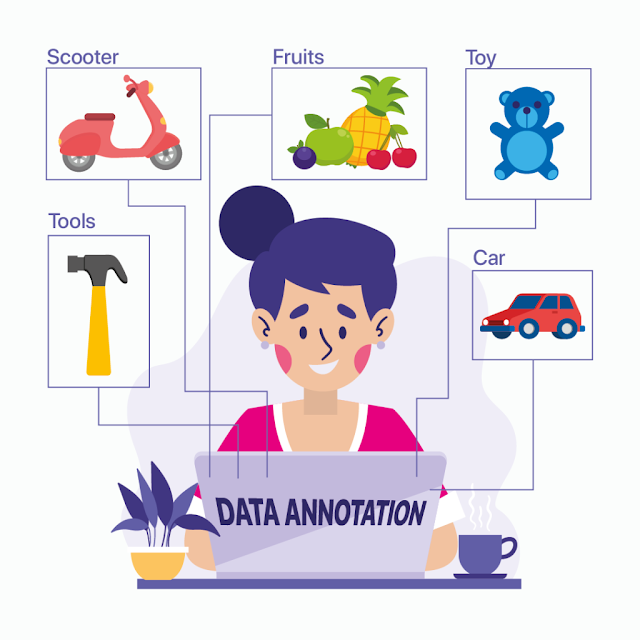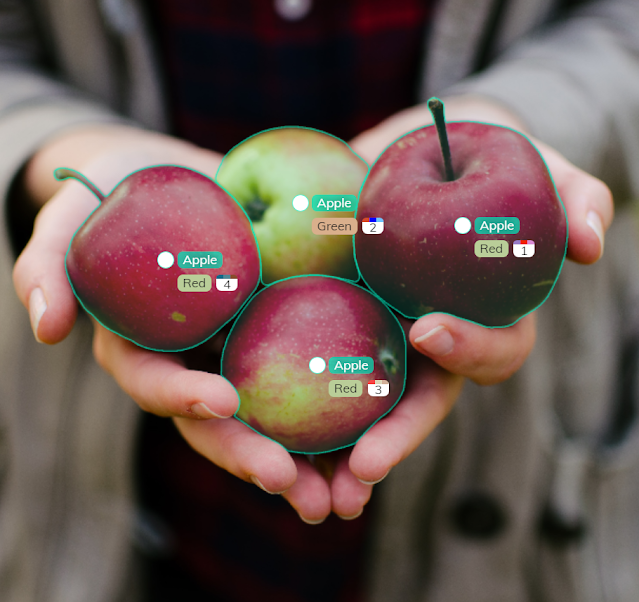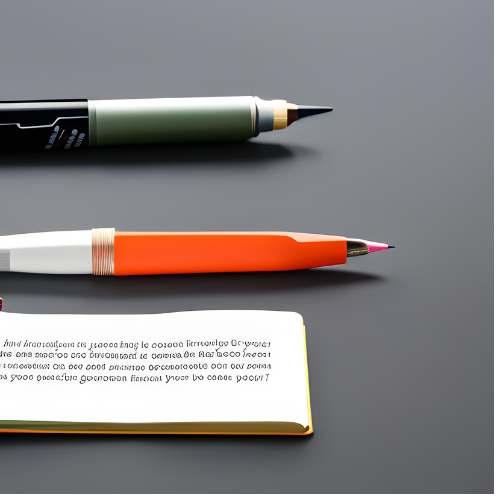How to Data Label and Annotate for Beginners
 |
| How to Data Label and Annotate for Beginners |
1. Define Your Annotation Task:
 |
Define Your Annotation Task |
To illustrate further, imagine you're working on an image recognition project to identify wildlife in photographs. Your annotation task would involve defining the precise boundaries of each animal in the images and labelling them with the correct species.
2. Collect and Prepare Your Data:
 |
Collect and Prepare Your Data |
Before annotating, it's crucial to preprocess the data. This step involves removing noise, correcting errors, and standardizing the data format. Clean, high-quality data is the bedrock upon which accurate annotations are built.
3. Select Annotation Tools:
 |
Select Annotation Tools |
Ensure that the chosen tools support collaboration among annotators and provide an intuitive interface. Collaboration features are especially crucial for larger annotation projects with multiple team members.
4. Craft Annotation Guidelines:
 |
Craft Annotation Guidelines |
In our wildlife image recognition project, the guidelines would specify how to draw bounding boxes around animals and what labels to apply. They might also address scenarios like how to annotate groups of animals or animals partially obscured in the image.
5. Proceed with Data Annotation:
With your guidelines in place, annotators can commence the annotation process. Depending on the data type, annotators may need to draw bounding boxes, apply labels, segment objects, transcribe text, or perform other specific tasks. Continuous tracking of progress and providing feedback to annotators is essential to maintain quality and consistency throughout the project.
6. Implement Quality Control:
 |
Implement Quality Control |
7. Manage Metadata:
Metadata is the hidden treasure of data annotation. It includes information such as timestamps, annotator IDs, and other relevant data that provides context to the annotations. This metadata is invaluable for auditing, analysis, and understanding the evolution of your dataset over time.
8. Organize Data Storage and Versioning:
Annotated data must be stored in an organized and accessible manner. This could involve using a database or a cloud-based storage solution. To track changes and maintain a historical record of annotations, implement version control. Tools like Git can be instrumental in managing versioning for your annotated dataset.
9. Iterate and Enhance:
Data annotation is not a one-time task but a dynamic, ongoing process. As you progress with your project, continuously revisit and refine your annotation guidelines. Insights gained from the project should inform updates to annotations, ensuring the dataset's quality improves over time. Be prepared to iterate the annotation process to adapt to evolving project requirements or new insights.
10. Prioritize Privacy and Compliance:
Data privacy is paramount when handling sensitive information. If your dataset contains personal or confidential data, adhere to data privacy regulations and guidelines. This may involve anonymizing or encrypting personal data to protect privacy and comply with legal requirements.
11. Document Your Endeavors:
Meticulous documentation is the bridge between the past and the future of your annotation project. Maintain comprehensive records of the entire annotation process. Document the tools used, annotation guidelines, annotator feedback, and any modifications made. This documentation is not just for your current project but also vital for reproducibility and understanding the dataset's context in the future.
12. Leverage Machine Learning for Assistance:
 |
Leverage Machine Learning for Assistance |
For instance, in our wildlife image recognition project, machine learning models can be trained to identify animals automatically, reducing the manual annotation workload.
13. Evaluate and Refine:
 |
Evaluate and Refine |
Conclusion:
Remember, data annotation is a dynamic and iterative process. It requires careful planning, continuous quality control, and ongoing maintenance to ensure that your annotated dataset serves its intended purpose effectively. Patience, meticulous records, and a commitment to data quality are your allies throughout this annotation journey.
With this comprehensive guide, you're well-equipped to navigate the intricate world of data labelling and annotation, creating datasets that drive the success of your machine learning and AI projects.




0 Comments